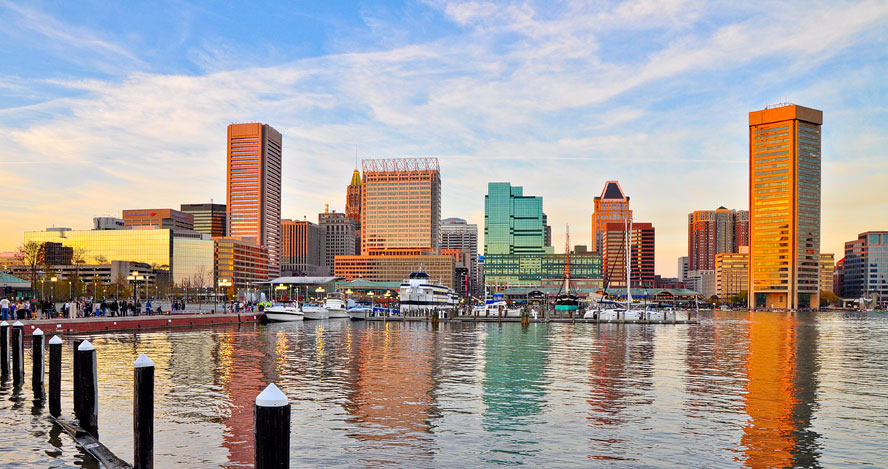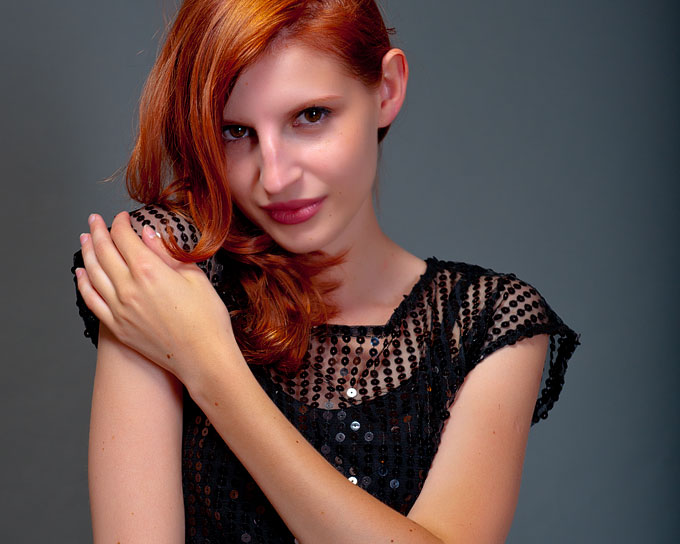UNDERSTANDING LIGHT
WHAT IS GOOD LIGHTING?
Lighting is the essential element of photography. A camera is a tool to capture light. So what makes great light? Lighting can vary in color and directionality. Directionality can be derived further to explain soft and hard light. Light also directly effects exposure.
Good lighting differs for every circumstance, which makes it difficult to master. Landscape lighting techniques are much different from studio lighting.
Landscapes photography requires patience, knowing and waiting for the right light to arrive. Its obvious when it does and may only last a few minutes. Of course control is limited. Several factors, like weather or time of year can prevent great lighting.

BALTIMORE AT SUNSET
Sunlight is optimal during dusk or dawn. The light is soft with pleasent shadows and provides more dramatic colors. There are always exceptions, but usually sunrise or sunset are the ideal time to photograph in the outdoors.
Be careful with white balance settings. Sometimes using Auto white balance will center the white balance around the suns color. Instead, try Daylight setting, which will make the sun appear more golden.
Understanding good lighting takes experience. Take more photos at sunrise and sunset to see for yourself. Pay attention to changes in the environment, shadows, colors, contrast.
WHAT IS SOFT LIGHT?
Soft light is a diffuse light. It can be considered as the type of light that wraps around objects. Really for photography, this is controlled by the apperent size of the light source. This means that the larger the light source relative to the subject, the softer the light distribution.

CONTROLLED LIGHT IN THE STUDIO
HARD LIGHT
Hard light is the opposite of soft light. It is highly directional light that casts distinct shadow detail. It is commonly used to emphasize textures.
RELATED ARTICLES
White Balance | Lenses | Flash